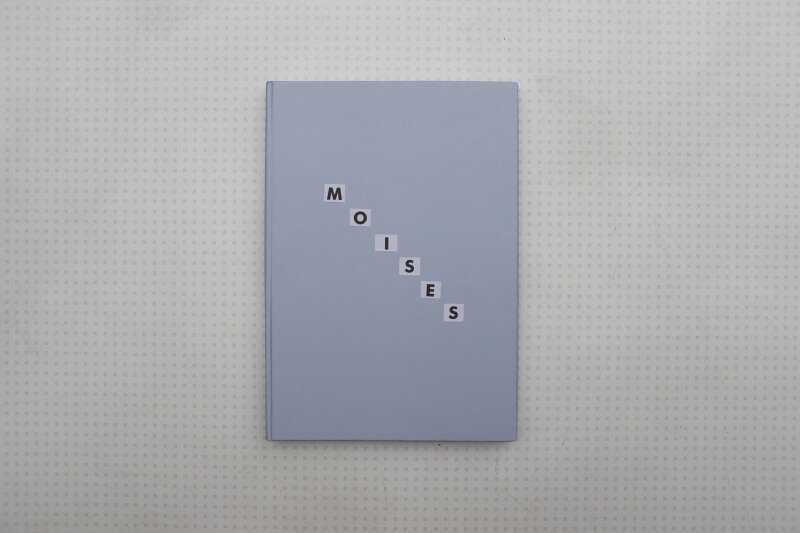MARIELA SANCARI: FINDING MOISÉS
Those of us who have lost a loved one, or have found ourselves estranged from a family member such as a parent will find the subject of Mariela Sancari‘s latest photobook Moisés (published by La Fabrica) familiar and sympathetic.
Having lost her own father, of whom the book is named after, to suicide when she and her twin sister were adolescents the Sancari girls and their mother embarked on a journey that would see them eventually settle in Mexico. Though they physically removed themselves from the place in which the pain seemed strongest, they would never remove the pain within, that endures regardless. There is no escaping such things, and there is no forgetting, despite our efforts to do both.Suicide retains a cruelty all of its own; a nameless, bitter haunting that usually comes in the shape of a question that can never be answered by those left behind. What is more often than not, is that when the question is raised, another seems to follow, ensuring a spiralling of unanswerable helplessness. The fact is no one can ever know just what goes through an individual’s mind when they resolutely decide to end their time here, yet all we can do is accept it and live with it ourselves. The only answer is there is no answer. Our mind insists that we must know something, be in possession of some kind of evidence to make sense of it all so as to overcome and move forward. But one cannot find reason in an unreasonable act, and this emptiness can feel like a piece of our soul has been torturously removed.
In an effort to come to terms with such a contradictory predicament, we subconsciously and consciously engage in psychological ploys to help alleviate the anguish. One common ploy is built on denial and imagines our lost loved one as though they remain with us today. When walking in the street, for example, we may pass someone who we think could be the person we yearn for – a father in his early 70’s possibly. This face or that, those eyes or that hair parting, could be key to unlocking the mystery. And this is where Sancari’s book functions, as a photographic description of the mental process that is played out by a survivor’s unanswered questions, denial and the turmoil of grief.After advertising in a local publication for men of similar physical features and an age that of her late father would be today, Sancari photographed her subjects in poses that hint at clemency though persist in turning away. The men appear distant to the photographer, despite their presence. Their creased faces suggesting full lives, their grey hair past experiences. It is another ingenious aspect to the project that gives the entire endeavour a pathos and subjectivity within a conscientious framework. The gradual unfolding of the heavy pages, from side to side and deeper still, suggest the working out of a buried memory. For such a simple idea, it is both literal and figurative, reality and fiction.
It would be presumptuous to suggest that Sancari’s Moisés is a form of closure for her. There is no closure on such subjects, as anyone who has been through it will attest. There is, however, the prospect of acceptance, and that is ultimately all anyone can aspire to under such circumstances. Sancari is an honest artist who has invested in her work the skill and authenticity necessary to communicate to others on a level that resonates beyond the specifics of her own personal disposition. Her treasured memories associated with clothes and hair, are typical of most young girls and their fathers. Her observance of both strong character and the inevitable vulnerability of age are also thoughts that pass through any child’s mind when contemplating a parent. The fact that each man Sancari has photographed is not an obvious copy of the previous speaks of a willingness to open up the search to her own imagination but also to other’s. As photobooks go, Moisés is a unique production that draws its strength from Sancari’s own determination and sensitivity, granting the reader an insight to a story that operates within a definable reality and an undefinable fiction.
.
All images ©Mariela Sancari
You can purchase a copy of Moisés directly from La Fabrica here
Mariela Sancari was nominated by Barry W Hughes for British Journal of Photography's Ones To Watch issue 2015. She has also been published in SMBHmag Issue12 Here I Am and Issue17 The Face of Latin America






